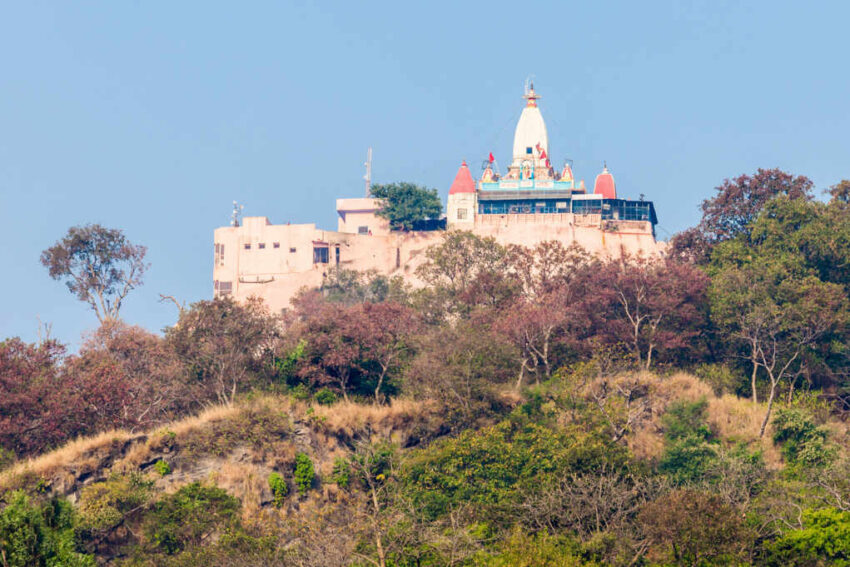How many more innocent lives must be lost before the world takes the safety of religious gatherings seriously?
At a Glance
- A crowd surge at the Mansa Devi temple in Haridwar, India, resulted in six deaths and over 30 injuries.
- The incident was triggered by a fallen high-voltage electric wire that caused panic among pilgrims.
- The tragedy highlights the persistent issues of infrastructure safety and crowd management at religious sites.
- This is the seventh major stampede in India in 2025, raising serious concerns about public safety.
The Incident Unfolds
On July 27, 2025, a peaceful pilgrimage turned deadly at the Mansa Devi temple in Haridwar, Uttarakhand, when a high-voltage electric wire fell onto a temple pathway. Thousands of pilgrims, gathered for the holy month of Shravan, were suddenly gripped by fear. A narrow footpath became a death trap as panic swept through the crowd, resulting in a stampede that claimed six lives and injured over 30 individuals. Emergency services arrived promptly to rescue and treat the injured, but the damage had been done.
The chaos unfolded in the early morning hours, around 8 to 9 a.m. local time. The temple, located on a hilltop and accessible only by foot or cable car, was ill-equipped to handle such a sudden influx of pilgrims, especially during a religious festival. The combination of narrow pathways and an overwhelming number of visitors created a perfect storm for tragedy.
Infrastructure and Safety Concerns
This incident is not an isolated case but part of a worrying trend. India has experienced a series of similar tragedies in 2025 alone, with over 70 deaths reported from various stampedes. The root of the problem lies in inadequate infrastructure and poor crowd management at religious sites. Despite the repeated warnings from experts, little has been done to address these systemic issues.
Ensuring the safety of pilgrims should be a top priority, yet infrastructure failures continue to plague these sacred sites. The fallen electric wire in Haridwar serves as a stark reminder of the urgent need for infrastructure upgrades and effective crowd control measures. However, these solutions require significant investment and political will, both of which seem to be lacking.
Political and Social Repercussions
The response from political leaders has been swift but predictable. Uttarakhand Chief Minister Pushkar Singh Dhami and Prime Minister Narendra Modi offered condolences and promised support for the affected families. An investigation into the cause of the incident has been announced, focusing on the fallen wire and the adequacy of existing crowd management protocols.
While these gestures of support are commendable, they do little to address the underlying problems. The political pressure is mounting on local and state governments to improve safety standards at mass gatherings. Failure to do so could result in a loss of public trust and a decline in pilgrimage attendance, which would have significant economic consequences for the regions dependent on religious tourism.
Looking Forward: The Need for Change
The Haridwar disaster must catalyze change. There’s an urgent need for regulatory reform and investment in public safety at pilgrimage sites. This includes not only infrastructure upgrades but also the implementation of real-time monitoring systems and effective emergency response protocols.
Experts have long advocated for structural reforms, such as wider pathways, controlled entry and exit points, and public awareness campaigns. These measures, combined with technology-driven solutions, could prevent future tragedies. However, the question remains: will the authorities take these recommendations seriously, or will they continue to turn a blind eye until the next disaster strikes?
Click this link for the original source of this article.
Author: Editor
This content is courtesy of, and owned and copyrighted by, https://republicanpost.net and its author. This content is made available by use of the public RSS feed offered by the host site and is used for educational purposes only. If you are the author or represent the host site and would like this content removed now and in the future, please contact USSANews.com using the email address in the Contact page found in the website menu.





